3. Argentina Part 2, Buenas Aires
Nov 4, 2015 19:29:53 GMT -5
Post by Huronna on Nov 4, 2015 19:29:53 GMT -5

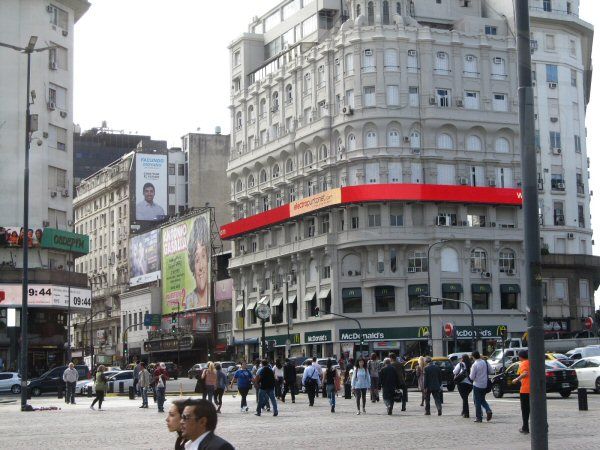
McDonalds around the world
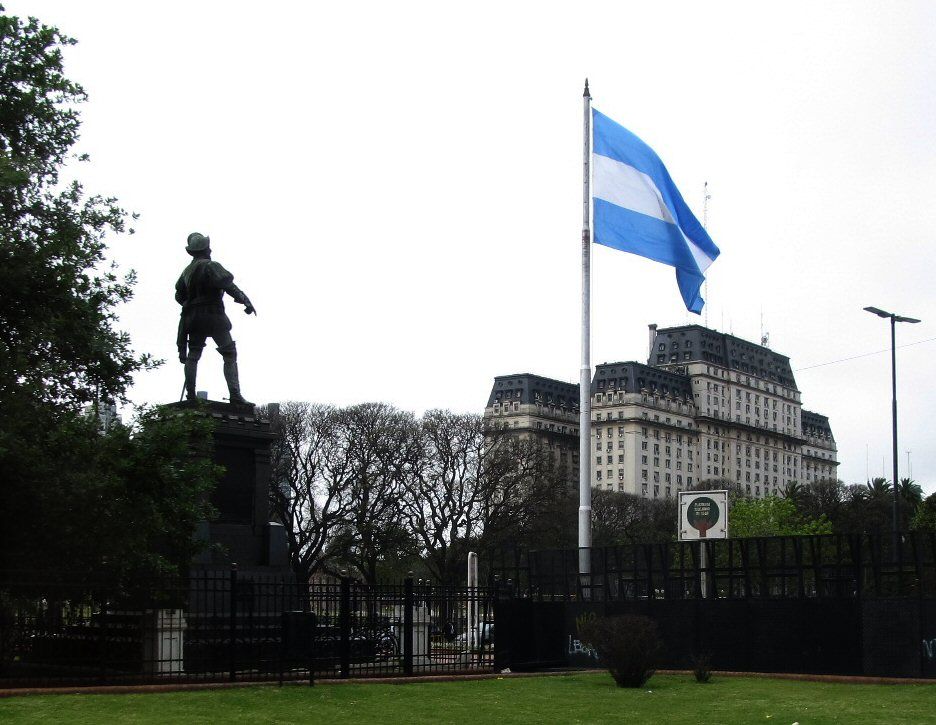


You have to love that date!!!
National Cathedral
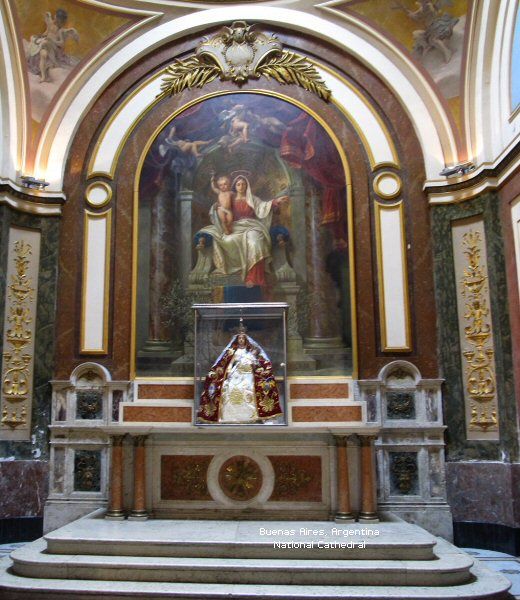
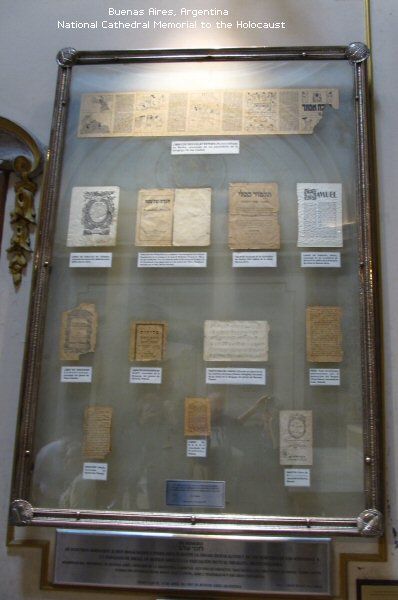

La Plaza de Mayo has seen some mass protests in the 20th century, a time when Argentina was under immense instability. In 1945, people gathered en masse to advocate the release of Juan Perón, During the days of the Military Junta regime (1976 - 1983), the Mothers of the Plaza de Mayo started to congregate in the square with photos of their children; the desaparecidos. Their children were subject to forced disappearances by the regime during the Dirty War because of their "subversive" activities (most of the disappeared were left-wing sympathisers). The victims would be arrested and were tortured before being murdered in a clandestine location. To this day, the mothers don't know the whereabouts of their children.

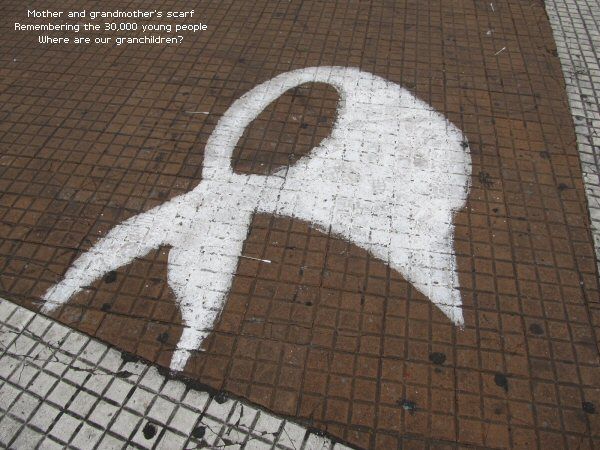
The scarf symbolizes the mothers and grandmothers.

María Eva Duarte de Perón was the second wife of Argentine President Juan Perón and served as the First Lady of Argentina from 1946 until her death in 1952.
She was only 32 when she died of cancer.

I loved the way the children held on to each other so no one would get lost crossing the street.
La Boca
A street lined with a vibrant rainbow of eclectic ramshackle buildings shining in the sun. It’s probably one of the most famous images of Buenos Aires. This is interesting and strange, because the rest of the city looks absolutely nothing like this neighborhood. It’s a colorful splash while the rest of the city dwells in a cheerful but faded elegance

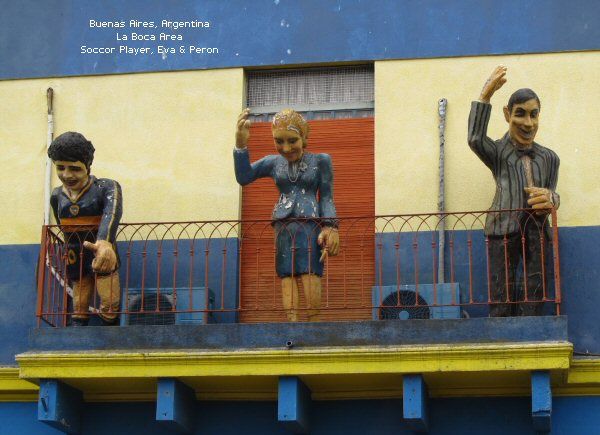
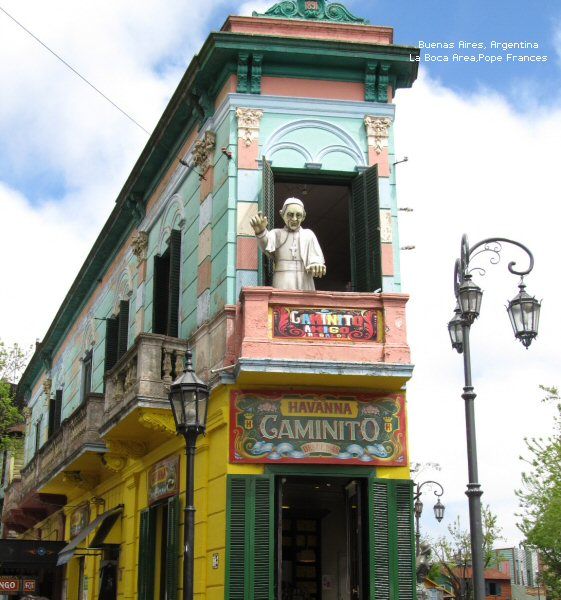
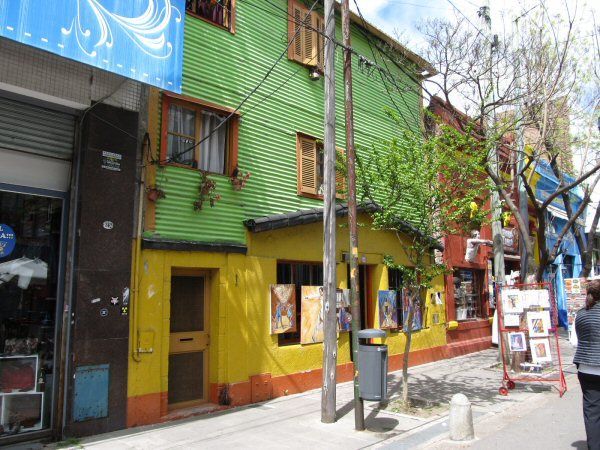
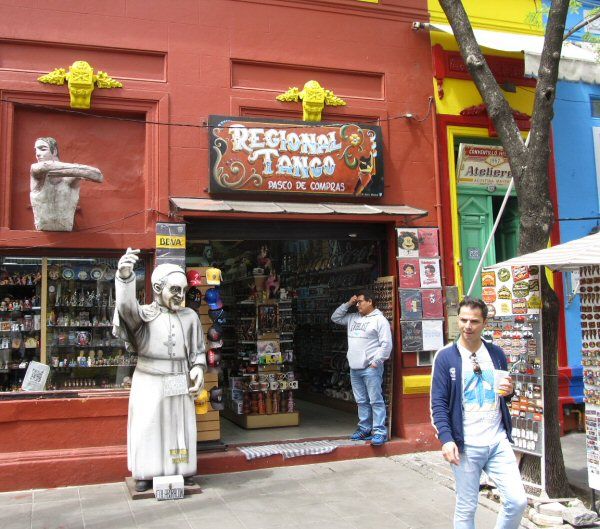




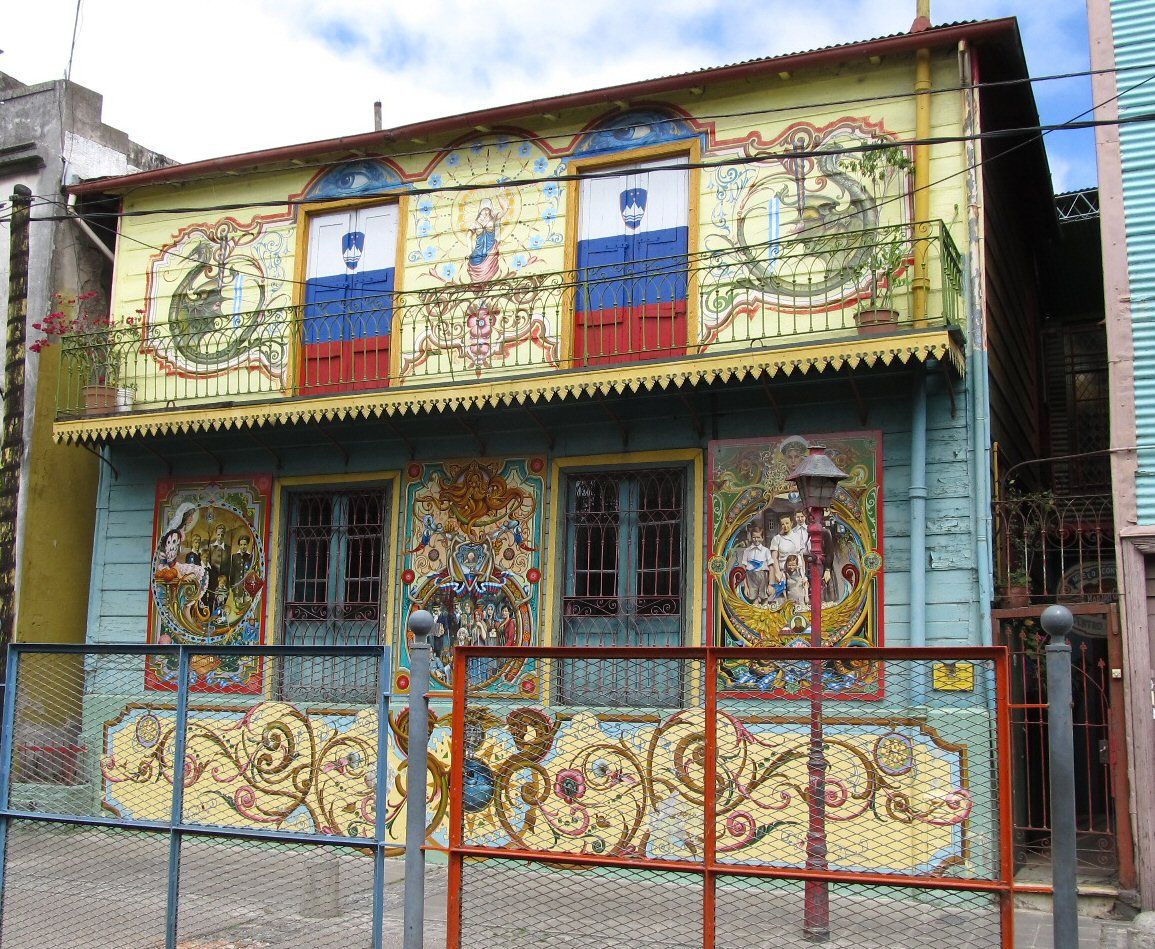

A bit hard to walk on many of the streets
Recoleta Cemetery
The entrance to the cemetery is through neo-classical gates

The site contains 4691 vaults, all above ground


Some have been declared National Historical Monuments
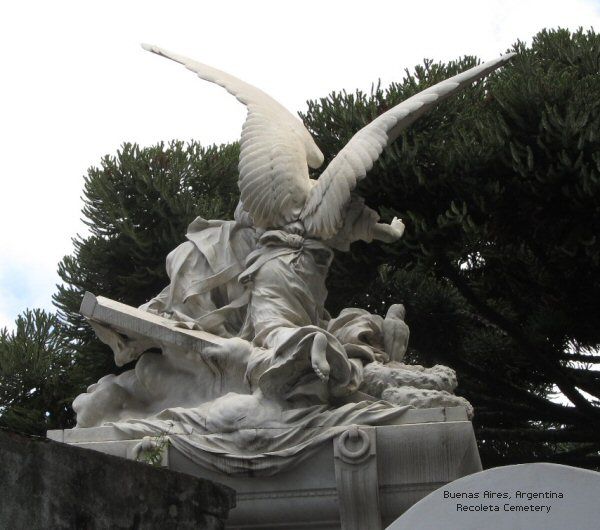


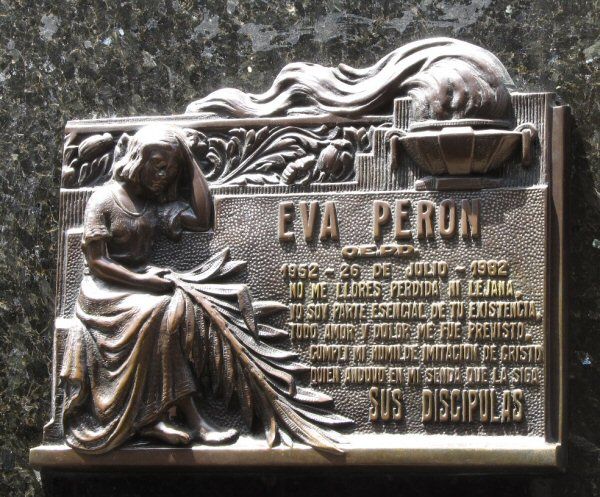
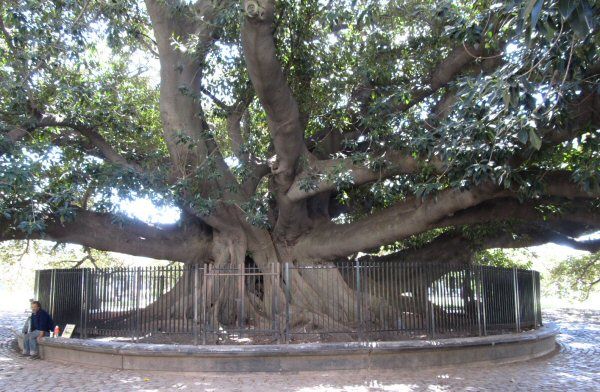
Anyone for lunch?
We went to see a tango show, check out this bathroom

There were many little windows with delicate artwork
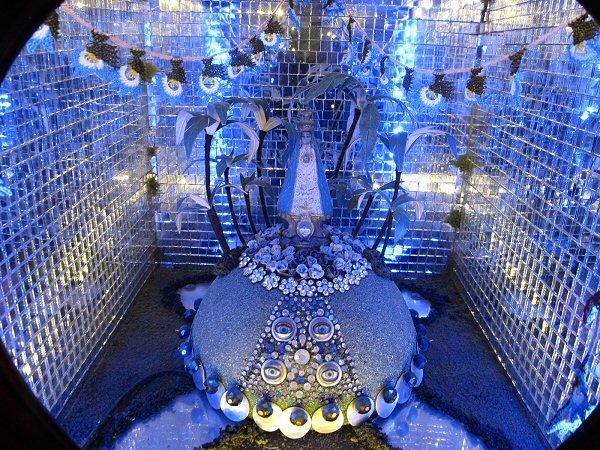
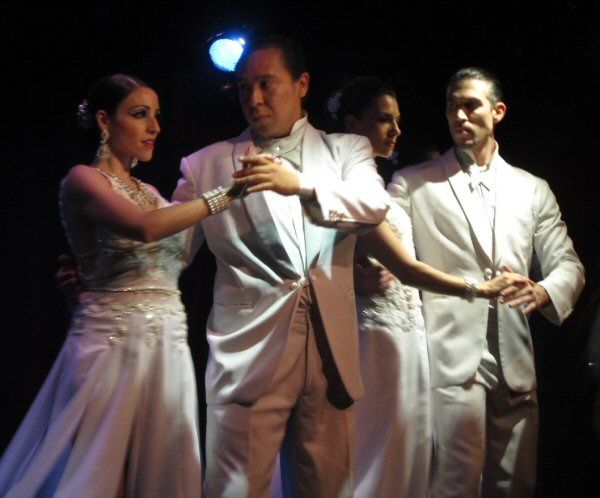

A landmark set on the grounds of the Four Seasons, La Mansión evokes a time when Buenos Aires was referred to as the “Paris of South America” – a city obsessed with French culture, fashion and architecture. Now hailed as one of Argentina’s finest residences from this time period, La Mansión’s offers seven one-of-a-kind suites, each affording a rare opportunity to live the city’s history first-hand.

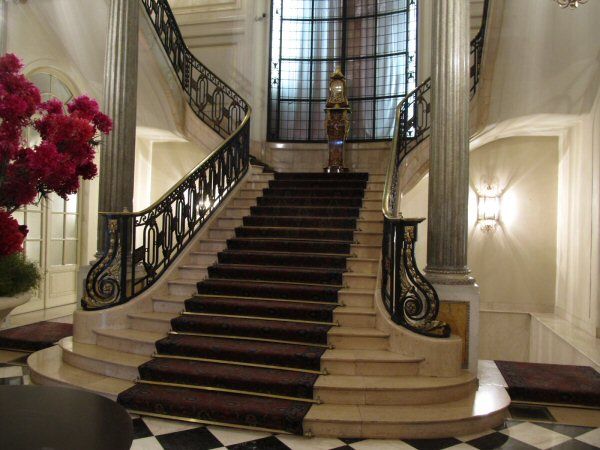
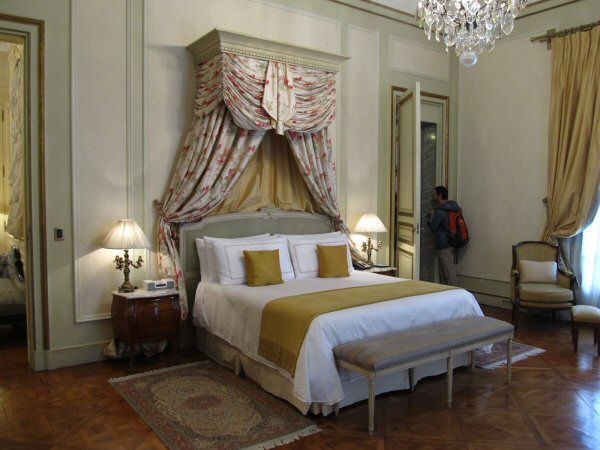
The Opera House

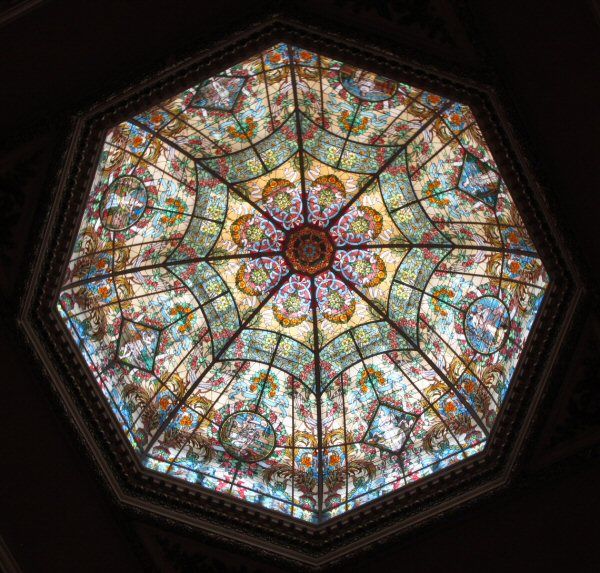

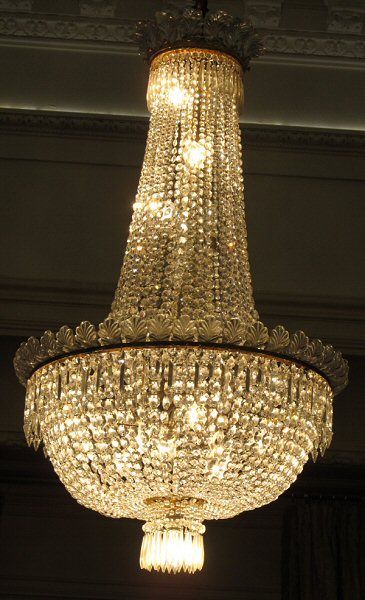
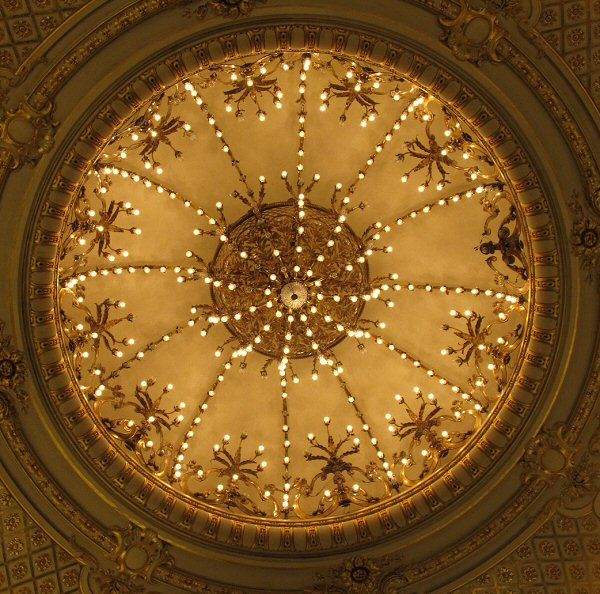
This was a painting on the ceiling

The artist added an image of his daughter.

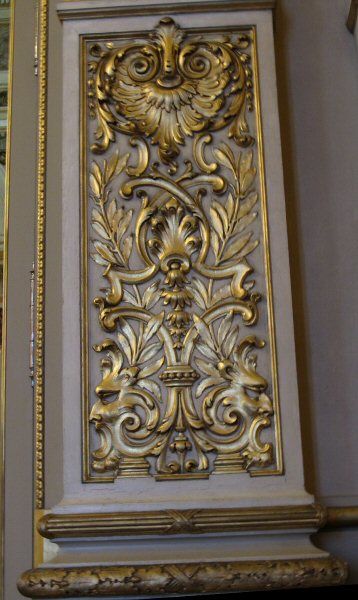
MALBA Art Gallery-The Latin American Art Museum of Buenos Aires

This was unreal

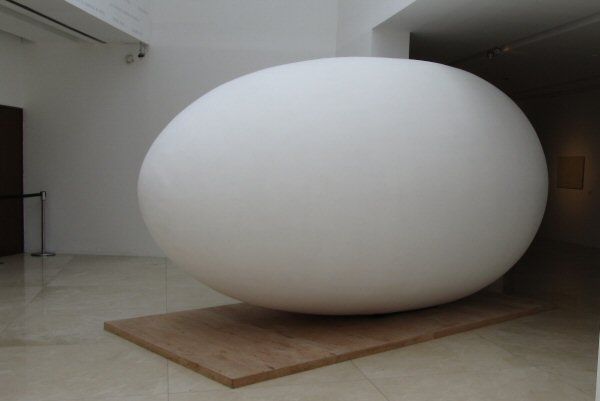


Definitely would not hang this one on my wall, the rest of the stuff we didn't even have an idea what it was.














